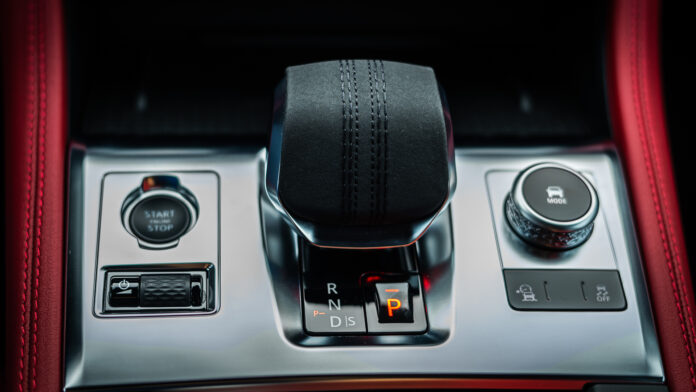As with any mechanical component, transmissions – automatics in this case – are prone to a multitude of damage, be it due to use, overuse, abuse, or freak accidents. While they can be made as durable as possible, it’s only a matter of time before something breaks.
To prevent that, it’s best to know what bad habits might break transmissions in the long run.
Before that, a vital piece of information is knowing what kind of automatic transmission you have because the transmission’s design will affect its durability. For example, the conventional automatic has at least three planetary gearsets and a torque converter.
A Dual Clutch Transmission – like those found in Volkswagen Auto Group cars – has more in common with a manual transmission but uses a more sophisticated clutch. Both have their advantages, and both have their issues, as with all manner of transmissions. Knowing which transmission you have and how it breaks will be important in your driving future.
Shifting to Park while moving
The first thing you should probably never do, intuitively, is to put your car in park while you’re moving. With more conventional automatics, the transmission is technically never out of neutral or drive. What makes it go in park is actually something of a stopper, which locks the gearset of the transmission in place. This stopper keeps the car from rolling away, and naturally, it can break.
Primarily, when you put the car in park while the vehicle is moving, the stopper comes down while the gearset is rotating. If the rotation is fast enough, it can damage this stopper, rendering the park setting ineffective.
Shifting to Reverse while moving forward
Right after this is putting the car in reverse when moving forward. It won’t actually break your transmission since a more astute computer programmer wouldn’t let the Transmission Control Module (TCM) do that. Rather, what would happen is a transmission disengages a clutch pack, specifically the one used to drive a car forward, engages a second clutch pack, and re-engages the original one. So, strictly speaking, when moving forward, you can’t engage the second clutch pack because the TCM won’t allow you to.
What it will do, however, is that as soon as you’re at a low enough speed, it will skip disengaging the first clutch pack and engage the second one, putting it under undue stress. Not only will it do that, but it will also put the gearset responsible for reverse (often the same one used for first gear) under undue stress. It’s that repeated stress cycle that causes the transmission to break, and while it may not happen immediately, it’s still something you should avoid as often as possible.
The AT launch
Related to the clutch packs is launching your automatic using a move called a neutral drop. In essence, a neutral drop is stepping on the accelerator while in neutral to build up the revs and then dropping the shifter into “D” to engage the transmission.
While this may sound like how you launch an automatic, it’s actually causing the same kind of damage as shifting into reverse while moving forward – the clutch packs take up most of the stress from suddenly having to deal with a buttload of torque. While that’s their job, they don’t necessarily like doing it. Like before, it won’t immediately kill the car, but it will nonetheless cause damage.
Shifting to Neutral to coast
This last one may not hurt your transmission so much as your wallet, but you should probably not shift into neutral while moving either. Primarily, this has to do with engine braking and coasting – a technique drivers use to drive downhill and come to a stop when approaching an intersection.
Normally, these techniques make the engine spin faster than idle, which makes some people think it wastes more fuel. In a carbureted car, that might be the case, but modern fuel injection cars (modern being as early as the ’90s) are designed to cut off most of the fuel delivery to the injectors, primarily because the mechanical connection between the engine and the wheels is what keeps the engine spinning. Putting the car in neutral severs this connection and makes the car idle, which consumes more fuel.
Driving through potholes
Lastly, and quite obviously, try to avoid any severe potholes. They can cause any manner of damage in a vehicle, but to transmissions, severe potholes can wreck mounts and bushings. A damaged engine mount isn’t so bad, save for a few extra vibrations. Still, a wrecked transmission mount can lead to driveline misalignment and often can cause severe vibrations and further damage down the line, like wrecking CV joints or propeller shafts – components that are very expensive to replace. If you can avoid it, avoid it. If not, try to slow down, so the shock isn’t as severe.
Source: Shifting no-nos: Things you shouldn’t do with an automatic transmission













